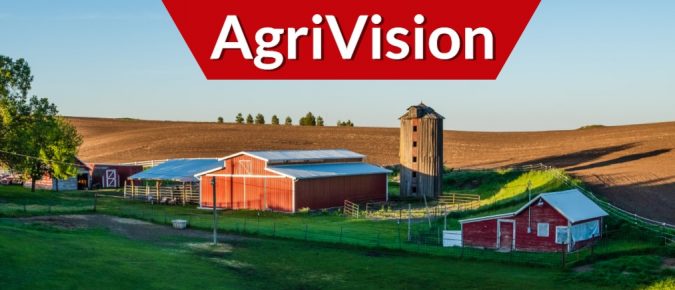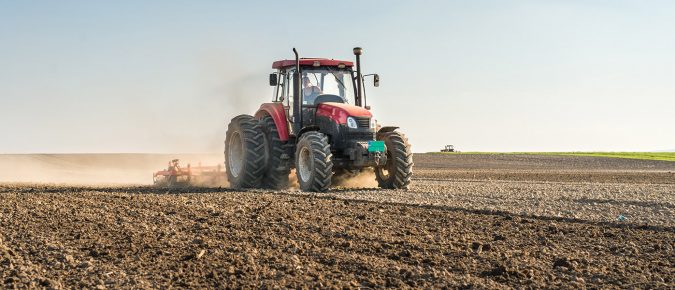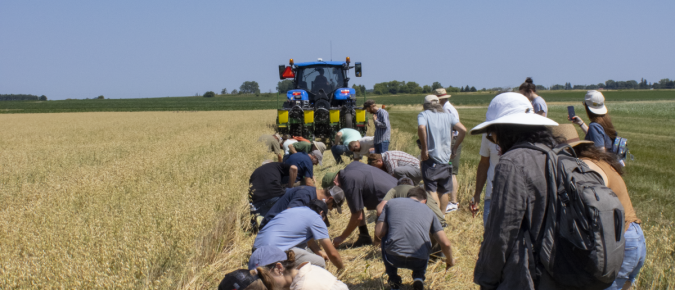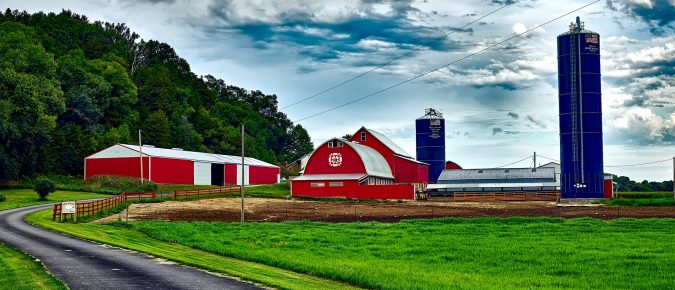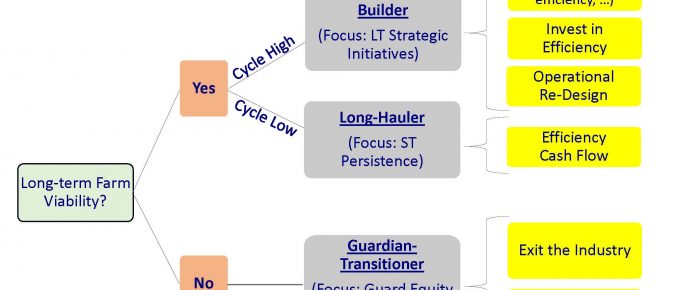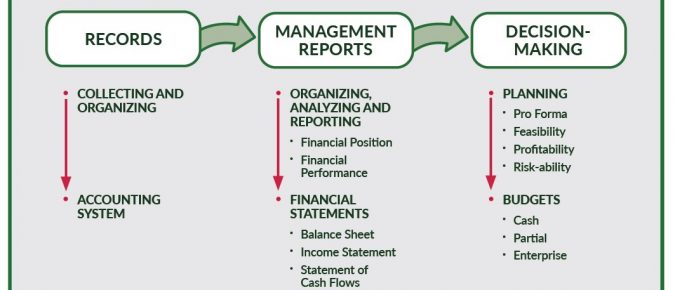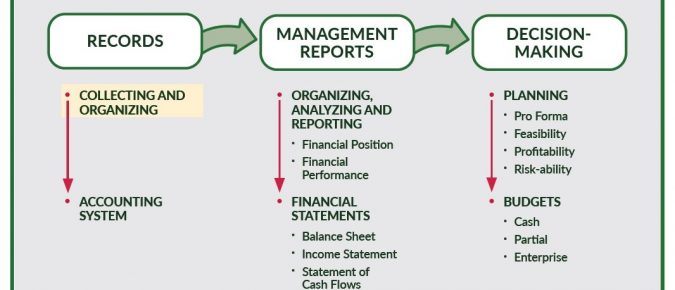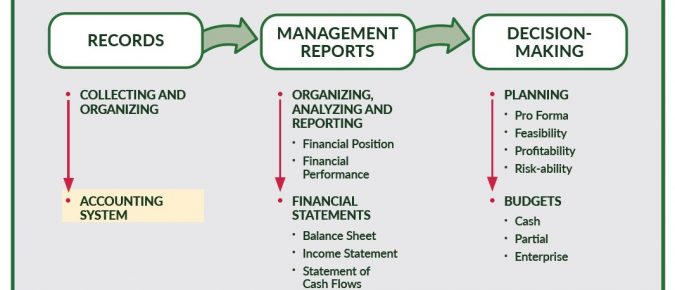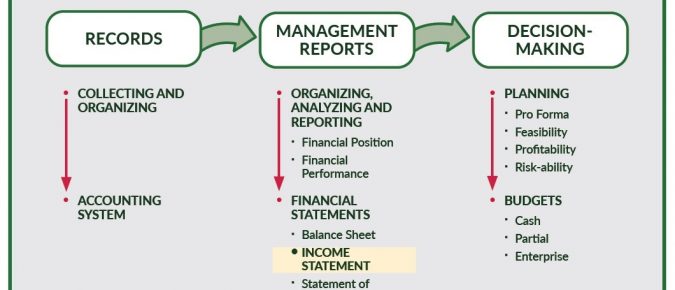Articles
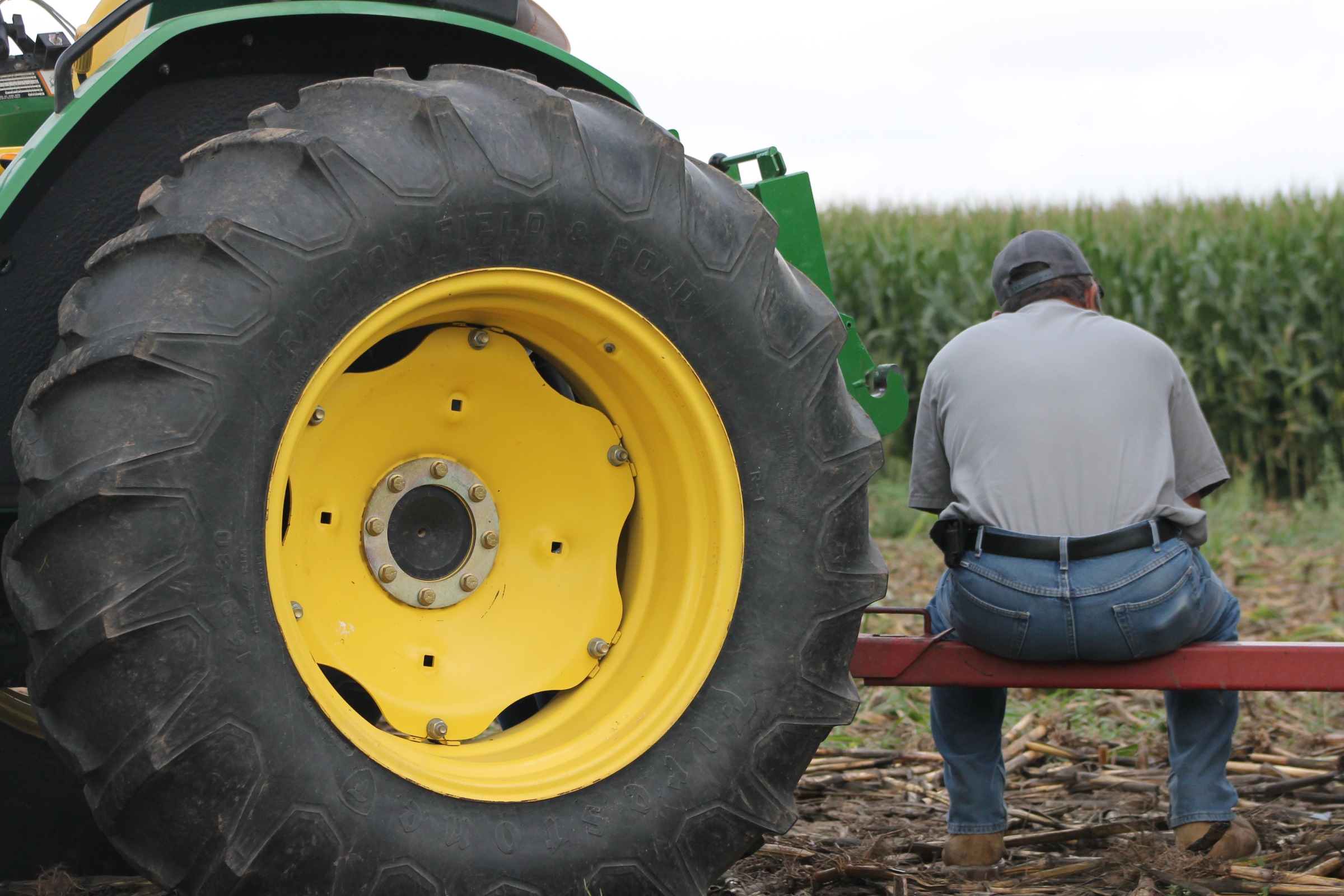
Farm Management Articles
Research-based information and tools to help with your farm business management decisions
Looking for an expert to advise you on your ag and farm questions? We can help with that.
AgriVision Episode 14 – Options for more forage
Host Katie Wantoch and Kevin Jarek, Extension Crops, Soils, and Horticulture Agent in Outagamie County, discuss options to help boost a farmer’s forage inventory for this year.
AgriVision Episode 13 – Many farmers struggling to stay current on bills
Host Katie Wantoch and Stephanie Plaster, Agriculture Educator in Ozaukee and Washington counties, discuss a farmer and his son who are finally making money on their dairy farm and share steps to assist them in catching up on outstanding bills.
Manure Value Calculator spreadsheet helps farmers determine credit for fertilizer nutrients
The Manure Value Calculator spreadsheet is available to calculate the value of manure nutrients.
What’s the value of being a good boss?
The reduction in stress is a significant benefit of being a “good boss.” Then there’s the fact that well-trained employees take better care of cows and equipment.
Common strategies to consider for Fair vs Equal
Research shows that the division of assets for inheritance is a common tension around farm succession planning. In some cases, the tension can be so great that the owner generation avoids making a decision until it’s too late. Take time to learn the contrast between fair vs. equal distribution of farm assets.
Farm asset division a 21st-century conundrum
The best way to divide farm assets is a challenge that farm families face with each generation of owners. The fear of upsetting one’s children often causes parents to divide farm and family assets equally among all heirs. This is the second of a 3-part series about fair vs equal distribution of farm assets.
AgriVision Podcast Episode 12 – Mutual Opportunity
Host Katie Wantoch and Simon Jette-Nantel, former Professor at UW-River Falls and Extension Farm Management Specialist, discuss whether a farmer should offer to rent his neighbor’s farm land and at what rental rate.
AgriVision Podcast Episode 11 – Careers in Agriculture
Host Katie Wantoch and Liz Binversie, former Extension agriculture educator from Brown County, answer a question from a high school senior inquiring about a future career in agriculture and their next steps.
Long-Term Farm Viability
Long-term farm economic viability is the product of three parts – performance, capacity, and resilience. Performance is an efficiency measure, the ability of the farm business to create profit margins per unit of production. Capacity is whether there are enough production units (acres, cows, etc.) that when multiplied over the profit margin will cover debt service, asset maintenance and replacement, retained earnings and family living. Resilience is the ability of the business to take a punch and bounce back to normal operations.
AgriVision Podcast Episode 10 – Breeding half of dairy herd to beef bulls makes ‘cents’
Host Katie Wantoch and Lyssa Seefeldt, Dairy and Livestock Agent in Eau Claire County, discuss a farmer and his son who are breeding the bottom half of their dairy herd to AI beef bulls and things to consider on this new enterprise.
AgriVision Podcast Episode 9 – It’s time to talk to your ag lender
Host Katie Wantoch and Jenny Vanderlin, Associate Director of the UW Center for Dairy Profitability, discuss whether a farmer should refinance his loans and tips for communicating with his ag lender.
Developing a Farm Financial Model
The farm financial model offers a linear and circular process for informed decision-making. Records feed into reports, and reports help farmers integrate financial sense into farm production decisions.
Collecting and Organizing your Farm Records
Farming is a complex business which demands accurate records and careful financial management.
Selecting your Farm Accounting System
An accounting system is a set of actions and methods designed to collect, store, and process financial transactions into management reports for decision-making.
Preparing a Balance Sheet
The balance sheet is a report of the farm business’ financial position at a moment in time. It lists assets, liabilities, and net worth (owner’s equity), and represents a snapshot of the farm business as of a certain date.
Preparing an Income Statement
The income statement is a report of the farm business’ financial performance during a given time frame. It measures profit or loss in a given time period.

